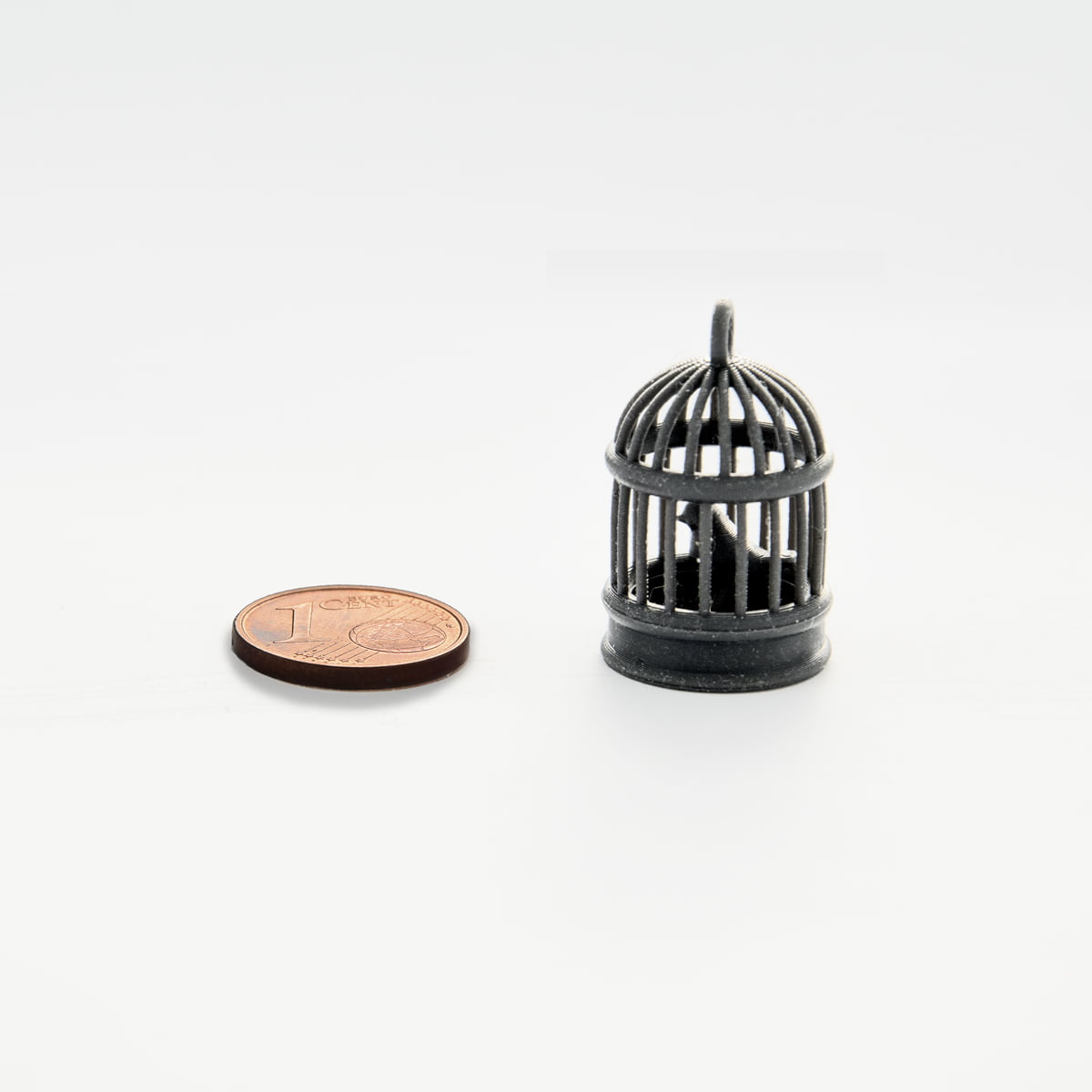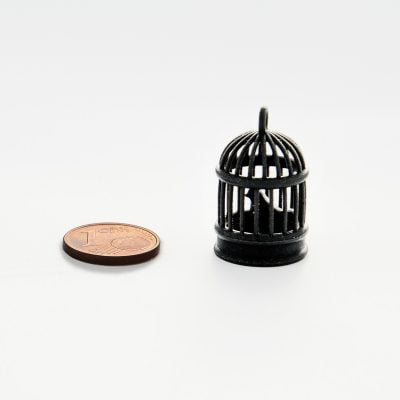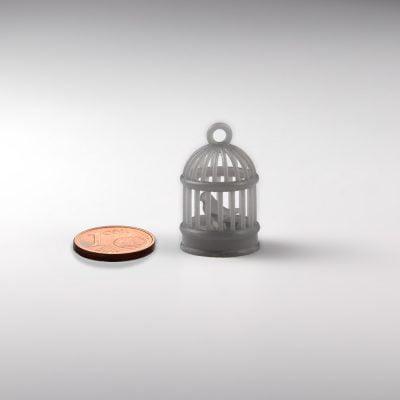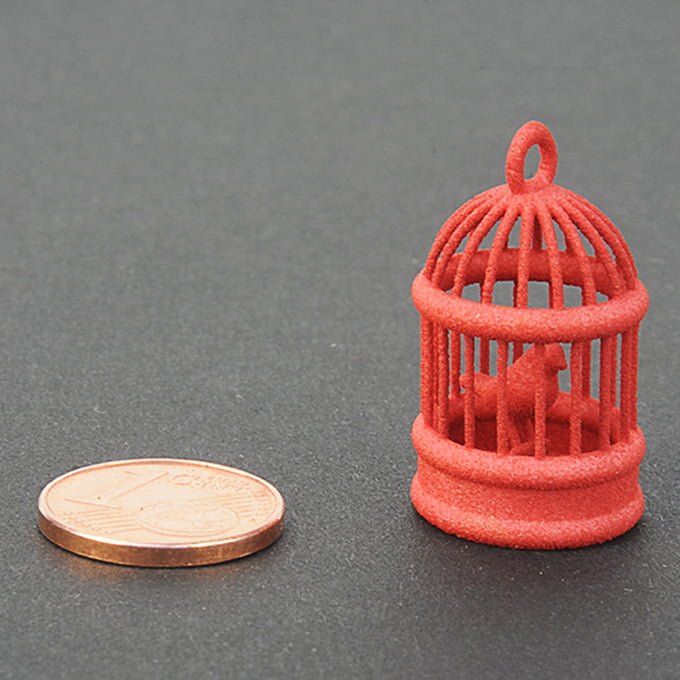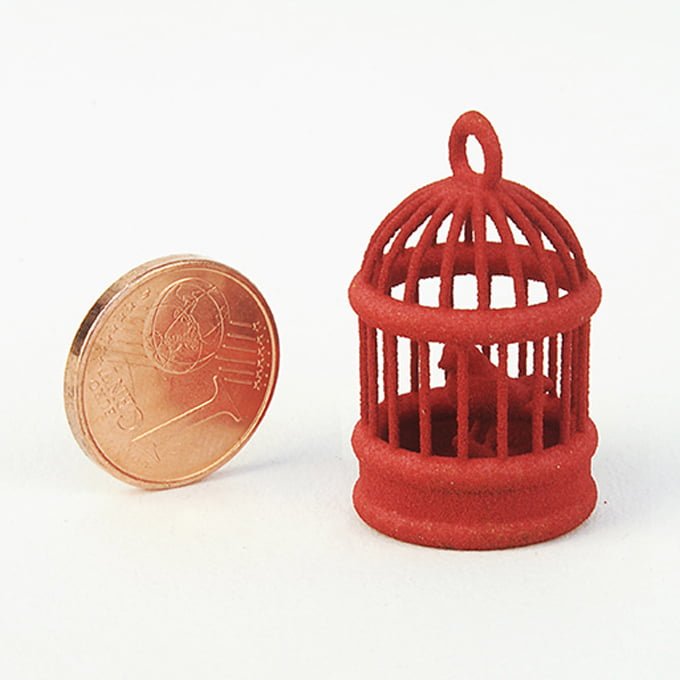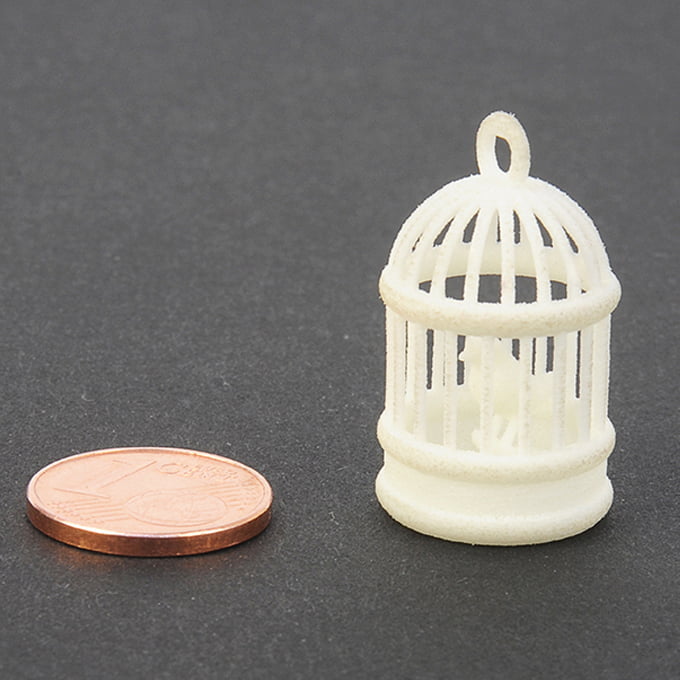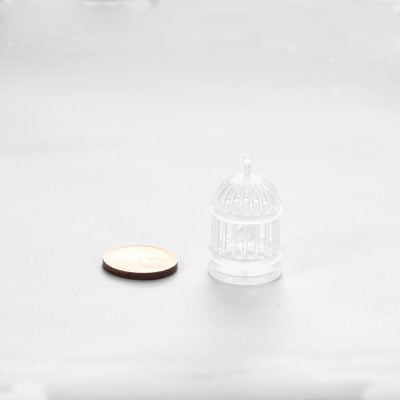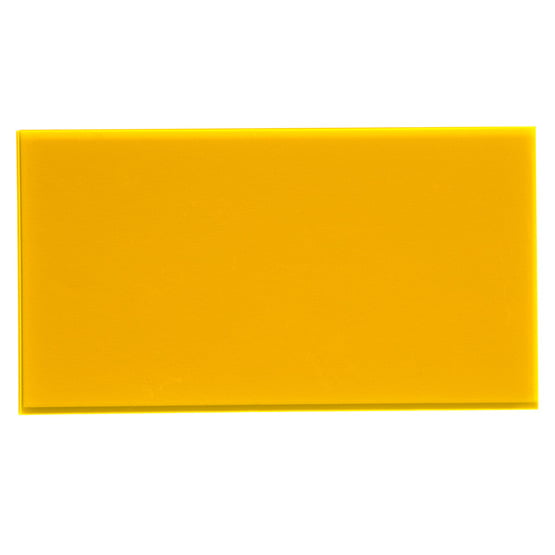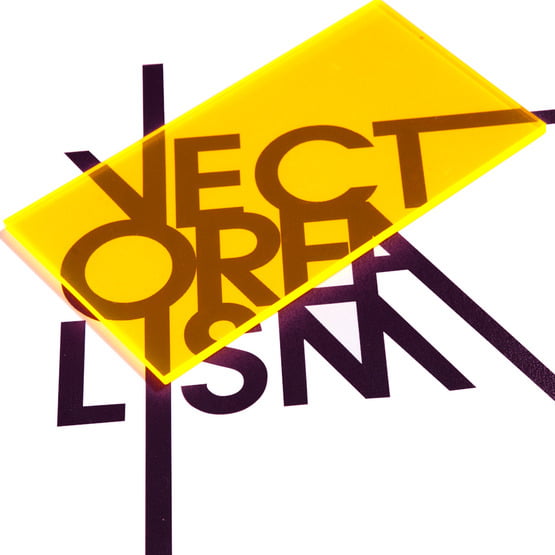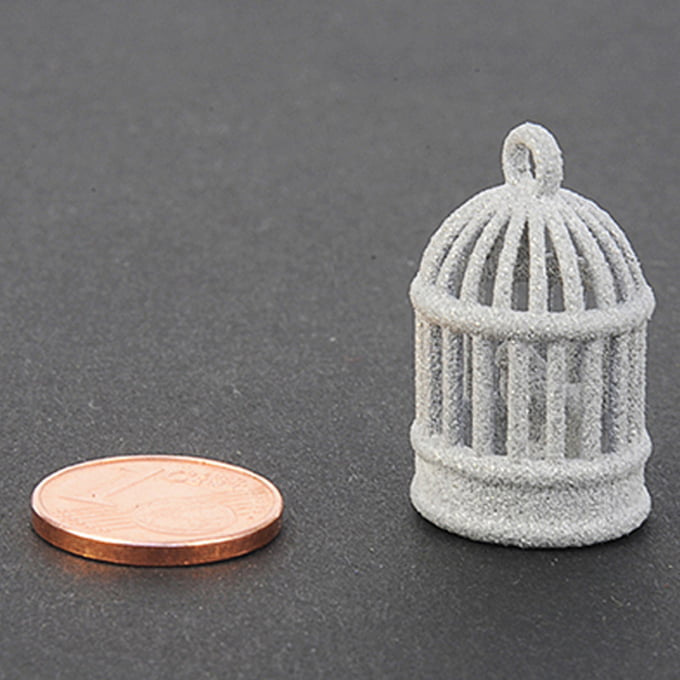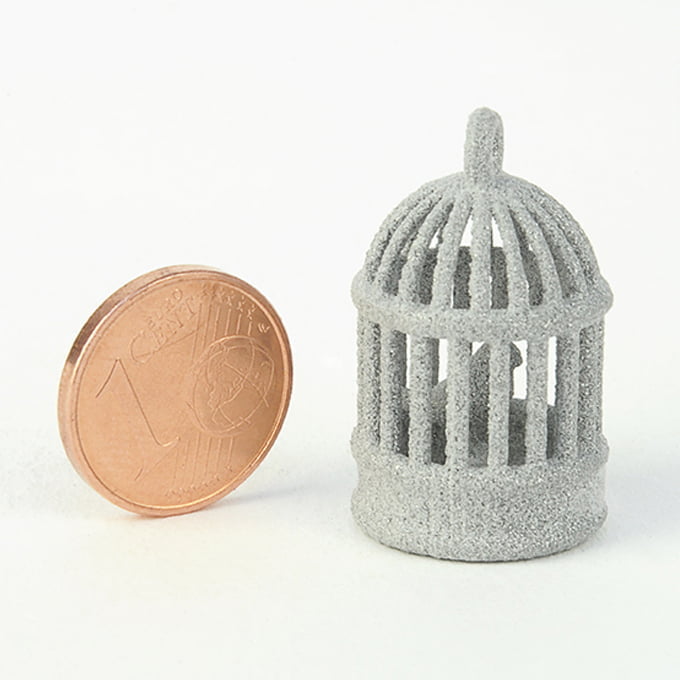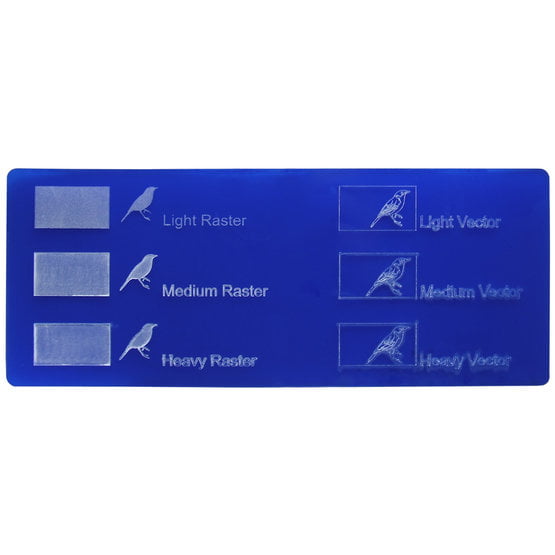Material details
Flexible rubber for 3D printing
Appearance: • • • •
Details: • • •
Resistance: • • • •
Flexibility: • • • • •
- Perfectly smooth surface
- Ideal for precise details
- Rigid and resistant
Description
The flexible rubber material comes from a special elastomeric resin that allows you to create objects that can be bent or compressed, soft to the touch.
Printed objects are flexible when thin, resilient when thicker. The behavior is very similar to that of the rubber commonly used for shoe soles.
The flexible rubber is ideal for creating functional and ergonomic prototypes, such as handles and knobs. It is perfect to create shock-absorbing elements, but also timbres and all those objects that must have a soft surface to the touch.
It is not suitable for creating objects that need to stretch too much (for example elastic bands) because it is not a properly extensible material. If subjected to stretching, the printed object may break.
The model is created starting from a liquid photopolymer compound, solidified layer by layer from a laser source.
The resolution of this material is 50 microns (0.050mm).
Thickness of the layers: 0,05mm.
Moving parts: No
For food: No
Suitable for dishwashers: No
Recyclable: No
Heat resistant up to 230 ° C
This printing technique requires the creation of supports. The supports are arranged by us in the most convenient and least invasive way. Once the printing is finished, the supports are removed mechanically. Although the cleaning is accurate it is possible that on the model there are traces of the anchorage points of the supports, also with thickness: you can remove them with some abrasive paper.
The model must be created based on the final use position of the object: for example, to create a wearable sports watch strap it is necessary to model it as if it were already around the wrist, and not as a flat stripe.
To know all the rules to be followed to create a model with this material, consult the Technical Details tab.
Dettagli tecnici
DIMENSIONS
Maximum: 145 × 145 × 175 mm
WALL THICKNESS:
Minimum wall thickness: 0.8 mm
SPECIFICATIONS:
Modulus of elasticity: 7.7-8.5 MPa
Percentage elongation: 80%
Hardness: 80-85A
OTHER DETAILS:
minimum size for object details: 0.5 mm
TEXT:
for embossed text: min 0.4 mm thick
for engraved text: min. 0.4 mm depth
For this material it is not possible to insert multiple objects into a single model / file.

